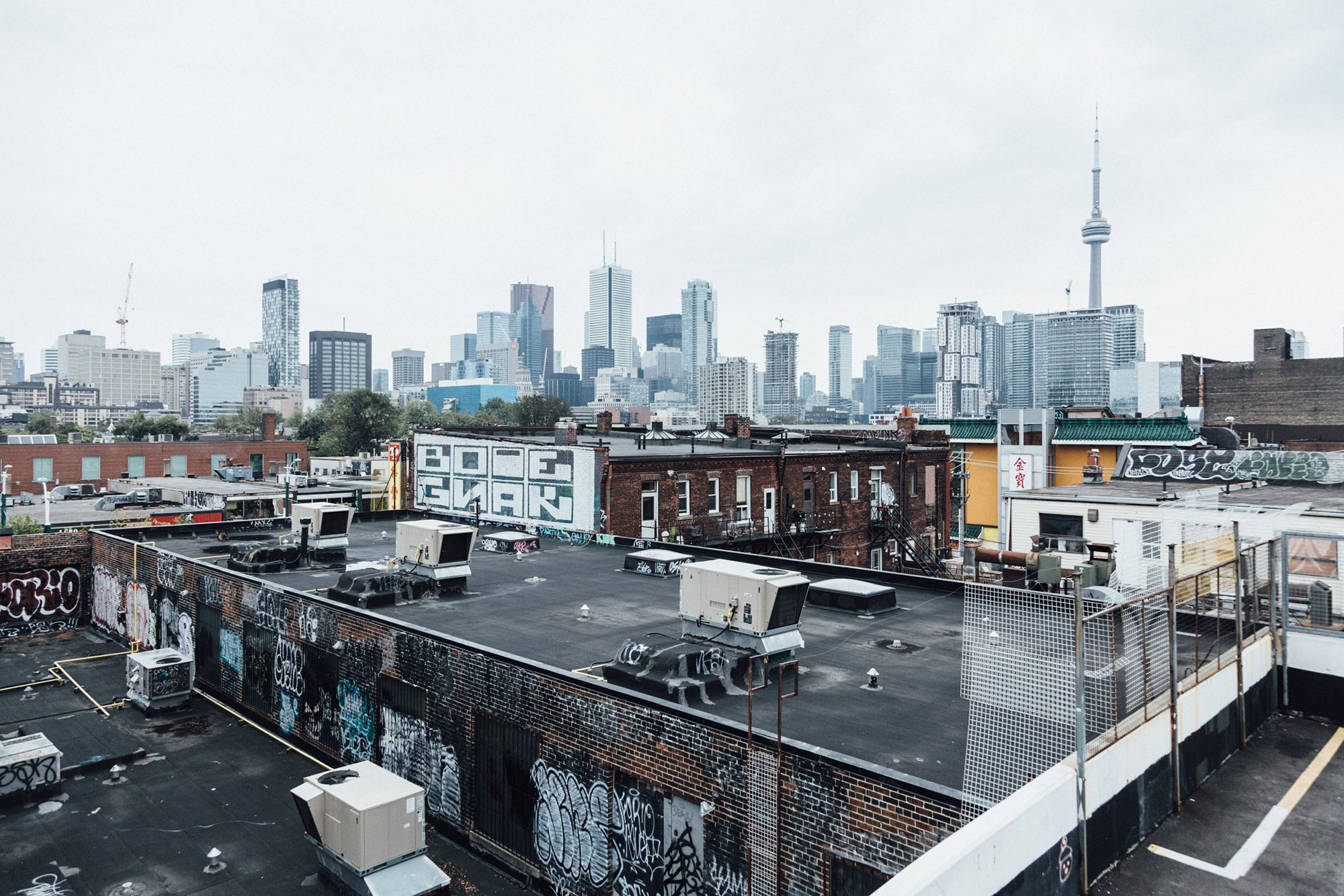Homelessness

Homelessness in Toronto & Other Urban Centers
The Human cost: The Real Collateral Damage of Homelessness
Homelessness is on the rise in Canada and continues to be a growing problem in the city of Toronto. There are many reasons why someone becomes homeless and it varies from person to person. For some, it can be the breakdown of the family as a result of divorce, separation or being thrown out of the house. For others, it is an event such as exiting the child welfare system, bouts with mental health illness or addiction that can contribute to their current situation. In a significant number of cases the causes are systemic, lack of income and affordable housing.
There are approximately 5,000 people in Toronto who are homeless, with nearly 3,200 people on the waitlist for supportive housing. The homeless are often victims of violence, suffer from poor health and nutrition and a higher incidence of suicide. Women & children, youth, Aboriginal people, new immigrants, and refugees make up the segment experiencing the greatest growth. *
The chronically homeless are homeless for 3 months or more, are the hardest to help as they are often also dealing with other issues such as addiction and mental illness. Toronto also has a shortage of affordable housing. Many homeless rely on temporary shelters, emergency services or a friend’s hospitality. Others live “rough” in the city’s parks, ravines, and alleys. Finding a safe, affordable place to live can be difficult.
* Number of low-income people in Toronto: 604,048
* Annual income of a low-income adult: less than $20,778
* Low-income people are most likely: visible minorities, recent immigrants, and single parents
* Annual income needed to afford a one-bedroom apartment: $38,000
* Percentage of single parents who earn less than that: 55%
* Percentage of couples who earn less than that: 31%
* Percentage of singles who earn less than that: 69%
* Annual amount for a single person receiving Ontario Works: $7,104
* Monthly shelter allowance of Ontario Works: $368
* Number of households living in housing that is too small needs repairs or is unaffordable:1 in 5
* Proportion of homeless people who want permanent housing: 9 out of 10
***Stats in Graphic form
The mass homelessness we see today did not exist before the 1980’s. During the 80’s there was a massive reduction of investment in affordable housing and social support systems. Today we have roughly the population of Oakville or Burlington or Barrie of homeless across the nation. Imagine driving through any one of these cities and seeing no houses just people sleeping on the ground, sleeping in makeshift tents, sleeping in warehouse-like buildings and open gyms. This is what is happening all across the nation today right now, every night in Canadian towns and cities.
* People who are homeless in our city average 7.5 years on Toronto’s streets.
* Number of homeless in Toronto is up 29% since 2009 which suggests that the social and economic impact of the post-2009 recession may have had an impact in boosting homelessness.
* More than one-third of street homeless are Aboriginal, even though Aboriginal people represent a tiny fraction of the overall Toronto population
* More than 15% of street homeless claim military service
* Almost 1 in 5 homeless youth identify as LGBTQ
* Homelessness among seniors has more than doubled since 2009
* Virtually all homeless people 93% want permanent housing – shattering the persistent myth that homelessness is a choice
* About half of the city’s homeless population are on a waiting list for affordable housing
* 81% of homeless people have lived in Toronto for more than a year – shattering another persistent myth that Canada’s largest city is a “magnet” for homeless people.
***Stats in Graphic form
The issue of Homelessness is not specific to Toronto or the GTA, it is a significant issue across the nation. Though Toronto holds the title of Largest Canadian City the greatest number per capita of homelessness can be found in Red Deer Alberta at .31% to Toronto’s .19%, Vancouver at .29%, Edmonton at .27%, Kelowna at .24%. Across the nation, there are more without shelter than appropriate shelter spaces available. Affordable housing and financially stable support structures are what is missing to assist and protect those in dire need. 92% of those on the streets in shelters have told support services that if there was a way to have a permanent secure home they would come off the streets; breaking the stereotype that the homeless don’t want to come off the streets.
In percentage terms, the largest increase in homelessness is in violence against women shelters (an increase of 108% since 2006); correctional facilities (up 51% since 2006) and city homeless shelters (up 8.7% since 2006).
Ways to Donate
Help us bridge the gap by contributing in support of initiatives focussed on bettering the lives of those in our community struggling with the effects of poverty, homelessness and mental illnesses.
One Time Gift
Legacy Gift
Monthly Gift
Gift of Cellebration
In Memory
Corporate Matching

For over 65 years, Margaret’s has been empowering individuals struggling with serious mental illness to rebuild and reclaim their lives.
221 Broadview Avenue Toronto, ON, M4M 2G3 Canada | Tel: 416.463.1481 | Fax: 416.461.4866 | info@margarets.ca
Privacy | Cookies | Terms